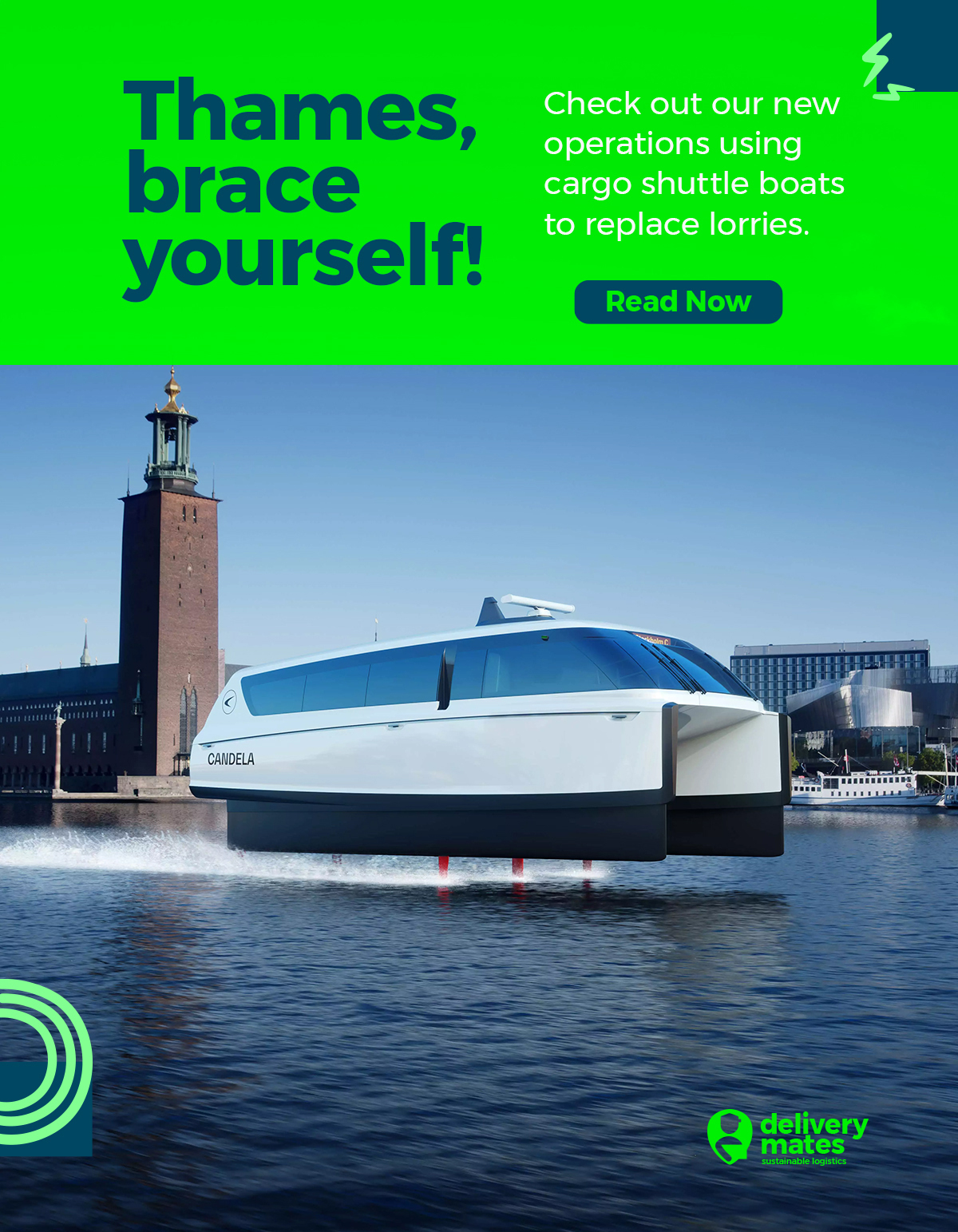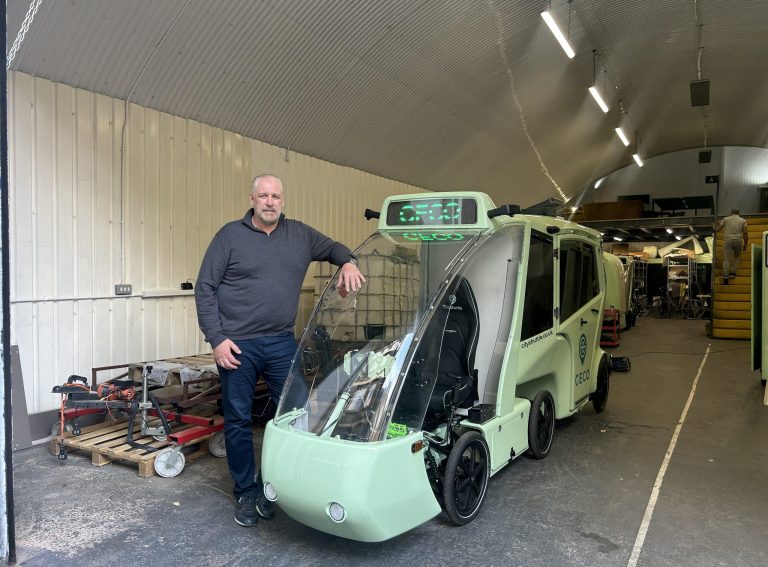A new study by the UK’s Transport Research Laboratory (TRL) and shared operator Tier has found that physically separating motorists and micromobility users in transit infrastructure is the most important factor in determining how safe individuals feel when riding an e-bike or e-scooter.
TRL researchers first conducted a global literature review to assess which measures are most likely to improve safety outcomes. Then they ran a multi-regional study with over 2,000 responses (from 993 micromobility users and 1,066 non-users) in the UK and Germany.
The study found that having segregated infrastructure for micromobility users was three times more likely to be chosen as a measure to improve feelings of safety when compared to other solutions, including driver education, rider training and wearing a helmet.
Researchers also identified how there is an underlying conflict between motorists and other road users. Negative attitudes, such as the perception that a road user is taking up space that they shouldn’t be, exist between different transport modes. These negative attitudes and underlying conflicts are expressed through inappropriate and unsafe behaviours, like close overtaking and tailgating. Implementing segregated infrastructure would eradicate these behaviours, said Tier.
“It is critical that we are constantly developing our understanding of what makes micromobility safe,” Kate Barnes, Head of Public Policy at Tier, told Zag Daily. “As the study shows, proper segregated cycling and e-scooter infrastructure makes people feel the most safe. This also aligns with work we have done previously which shows that separating micromobility users from the general flow of traffic reduces the likelihood of the kind of interactions which can lead to incidents.”
Education and training are of secondary importance
Although secondary, the research also indicated that education and training interventions also feature in people’s perceptions of safety and the likelihood of there riding micromobility vehicles. The researchers found that preferred content for an education intervention includes how to operate micromobility, how to behave appropriately and what rules apply to users.
But the evidence in support of mandating helmet use is unclear, as studies report that it might put people off from using e-scooters or e-bikes. The study recommends that voluntary helmet use is encouraged among micromobility riders instead.
“Cities and operators now need to further explore how infrastructure can be designed taking into account infrastructure quality, lighting and design,” said Barnes. “Crucially we need to urgently address the negative behaviours of motorists and other road users.
“We won’t solve safety issues overnight, but answering these key questions will help us make much needed improvements and create steps towards modal shift.”










